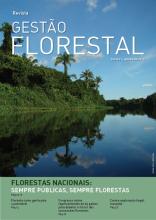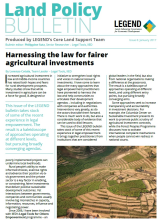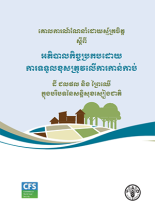Land Library
Welcome to the Land Portal Library. Explore our vast collection of open-access resources (over 74,000) including reports, journal articles, research papers, peer-reviewed publications, legal documents, videos and much more.
/ library resources
Showing items 1 through 9 of 334.Esta revista é um produto do Projeto Gestão Florestal para a Produção Sustentável na Amazônia, uma realização do Governo Brasileiro por incumbência do Ministério do Meio Ambiente (MMA) e intermédio do Serviço Florestal Brasileiro e do Instituto Chico Mendes de Conservação da Biodiversidade no con
This LEGEND bulletin takes stock of some of the recent experience in legal empowerment. The result is a kaleidoscope of approaches operating at different levels, but pursuing broadly converging agendas.
FAO published its Voluntary Guidelines on the Responsible Governance of Tenure (VGGT) of Land, Fisheries and Forests in the Context of National Food Security in 2012.
GRAIN is a small international non-profit organisation that works to support small farmers and social movements in their struggles for community-controlled and biodiversity-based food systems.
The concern for the well-being of land is often directly related to one’s proximity to the land, be it physically, economically or culturally. Land is more precious if one’s livelihood depend on it immediately than if one is merely a visitor.
A major driver of change in the Mekong River basin relates to hydropower development and the consequent changes in landscape and natural resource access regime that it induces.
Changing dietary preferences and population growth in South Asia have resulted in increasing demand for wheat and maize, along side high and sustained demand for rice.
Drawing on a survey of large-scale ecological restoration initiatives, we find that managers face contradictory demands. On the one hand, they have to raise funds from a variety of sources through competitive procedures for individual projects.
Public participation theory assumes that empowering communities leads to enduring support for new initiatives. The New Zealand Biodiversity Strategy, approved in 2000, embraces this assumption and includes goals for community involvement in resolving threats to native flora and fauna.







